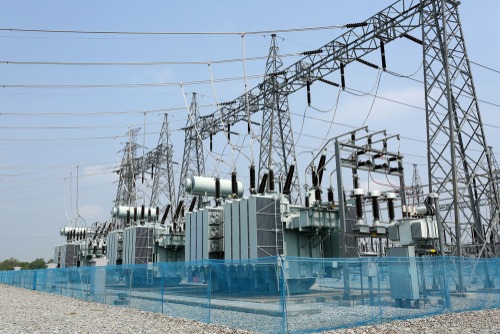Collaborative report recommends nine reforms to improve, guarantee electricity reliability

A new report, produced in collaboration with the nonprofit American Council on Renewable Energy (ACORE), American Clean Power Association (ACPA), and Solar Energy Industries Association (SEIA), proposed nine legal, technical, economic, and institutional reforms to cheaply maintain reliable power service in the United States.
Prepared by Grid Strategies LLC, the “Ensuring Low-Cost Reliability: Resource Adequacy Recommendations for a Clean Energy Grid” report urged the following updates to resource adequacy policies throughout the country:
- Offer non-discriminatory capacity value for clean energy
- Accountability for buyers
- Avoid FERC jurisdiction over environmental attributes
- Increase regionalization
- Increase detail of resource adequacy and reliability products
- Shift relative payments from capacity to the energy and ancillary services markets
- Use competitive procurement for new generation
- Regional stress testing and advancing resource adequacy assessment methodologies
- Develop new system reliability metrics
“As the nation’s sources of electricity evolve to meet clean energy targets and decarbonize the power sector, it is important that we focus on the evolving mix of renewable resources and enabling grid technologies that best ensure an adequate power supply,” Gregory Wetstone, ACORE president and CEO, said. “This new paper on resource adequacy demonstrates the need to reevaluate current approaches and provides road maps for improving the various market and regulatory constructs to ensure power system operators can reliably deliver the affordable, renewable electricity that Americans want and deserve.”
The recommendations came in as the U.S. Federal Energy Regulatory Commission (FERC) considers how to best address the adequacy and performance of current market structures, particularly in the wake of unplanned power outages in California, Texas, and parts of the Central U.S. over the last few years. Resource adequacy, as previously referenced, pertains to the ability of supply-side and demand-side resources to meet aggregate electric demand.
“Grid operators need to be prepared for an acceleration of the clean energy economy over the next decade,” Sean Gallagher, vice president of state and regulatory affairs at the SEIA, said. “This report offers a new framework for assessing resource adequacy that can increase both local and system-wide reliability, recognizing that solar and storage are already some of the most predictable technologies on the grid. Following these recommendations could unlock new market opportunities for clean energy resources while improving reliability and resilience.”
